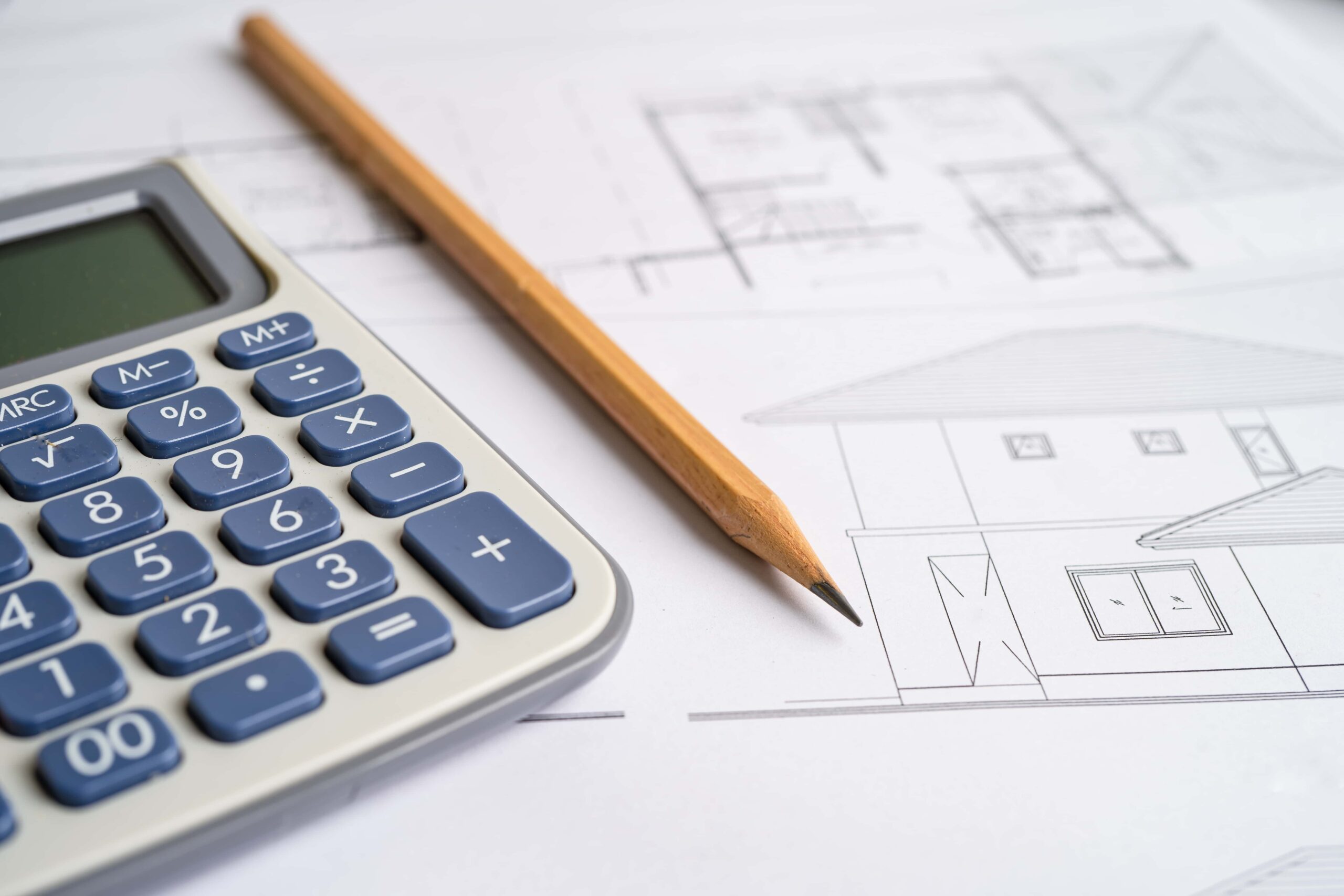
In the fast-paced world of New York City construction, cost estimation plays a critical role in defining project success. From infrastructure upgrades to commercial renovations, accurate forecasting allows owners, contractors, and architects to make informed decisions while staying competitive. At True Bid Data, we understand that cost estimation is more than just predicting expenses—it is the foundation of smart project planning, driven by analytics and actionable insights.
The Strategic Role of Cost Estimation in NYC Projects
New York City projects often operate on tight timelines and budgets. In this environment, cost estimation is not simply a number—it’s a roadmap. Accurate estimates help teams anticipate potential risks, manage materials procurement, and align labour costs with prevailing wage requirements.
For instance, when planning a mid-rise residential building in Manhattan, cost estimation involves more than brick-and-mortar pricing. It integrates local labour data, vendor supply chains, and even seasonal considerations like winter protection. Without robust data analytics, project managers risk underestimating costs, leading to budget overruns and strained client relationships.
Data-Driven Cost Estimation: A Modern Approach
Traditional methods relied heavily on historical averages, but today’s digital landscape demands more precision. Data-driven cost estimation incorporates:
- Market Analytics – Tracking current material prices across NYC suppliers.
- Labour Trends – Assessing updated non-union and union labour rates.
- Historical Insights – Comparing against completed projects for benchmarking.
- Predictive Modelling – Anticipating inflationary pressures or regulatory shifts.
By leveraging these layers of data, estimators can generate forecasts that reflect real-world conditions in New York City rather than outdated assumptions.
Breaking Down Costs: Materials, Labour, and Overheads
Cost estimation is most effective when broken into its core components.
- Materials – Steel, concrete, glass, and specialty finishes all fluctuate in price depending on local supply chains. In NYC, logistics and storage also add measurable costs.
- Labour – Prevailing wages, non-union rates, and specialized trades must be accounted for with accuracy. Estimation tools help track fluctuations in real time.
- Overheads – Site conditions, permitting fees, insurance, and compliance costs specific to New York City often make up a significant percentage of total budgets.
True Bid Data focuses on building clarity across these categories, giving stakeholders transparent insights.
Digital Tools Enhancing Cost Estimation
Advancements in software and analytics are reshaping how cost estimation is performed. Platforms can integrate real-time supplier pricing, geolocation-based labour data, and construction scheduling models.
For example:
- Plan-based Takeoffs – Quickly generate material quantities from digital blueprints.
- RSMeans Integration – Compare costs against established standards while adjusting for NYC-specific factors.
- Scenario Simulations – Model different project approaches to determine cost-effective alternatives.
These tools allow decision-makers to see the financial impact of design changes before committing resources, reducing costly rework.
Cost Estimation as a Competitive Advantage
In a market as saturated as New York City, accurate cost estimation becomes a competitive edge. Contractors who submit precise bids not only build trust but also increase their likelihood of winning projects. At the same time, owners gain confidence knowing the budget reflects realistic financial expectations.
For general contractors and subcontractors, detailed estimates also provide leverage in negotiations with vendors and clients. The ability to present data-backed figures demonstrates professionalism and accountability.
The Role of Analytics in Reducing Risk
Uncertainty is one of the biggest challenges in construction. Cost overruns, delays, and material shortages can derail even the best-managed projects. Analytics-driven cost estimation reduces these risks by:
- Identifying high-cost risk factors early.
- Highlighting opportunities for value engineering.
- Providing transparent data for stakeholder alignment.
By aligning insights with project phases—from design to procurement teams can anticipate challenges instead of reacting to them.
Looking Ahead: Cost Estimation in the Digital Age
The future of cost estimation lies in combining human expertise with digital intelligence. As AI and predictive analytics become standard, NYC contractors will gain the ability to forecast with unmatched accuracy. This will allow projects to adapt dynamically to market changes, ensuring profitability while meeting client expectations.
For True Bid Data, this represents an ongoing commitment to helping professionals leverage analytics, insights, and technology to refine cost estimation practices. By transforming raw data into strategic knowledge, we empower decision-makers to deliver better outcomes across New York City’s complex construction landscape.
Cost estimation is not just a budgeting exercise—it is the foundation of smart project delivery in New York City. By combining analytics, digital tools, and industry expertise, stakeholders can navigate challenges with clarity and precision.
True Bid Data continues to emphasize the importance of data-driven decision-making, offering contractors, architects, and owners the insights they need to plan confidently, compete effectively, and deliver on time.




